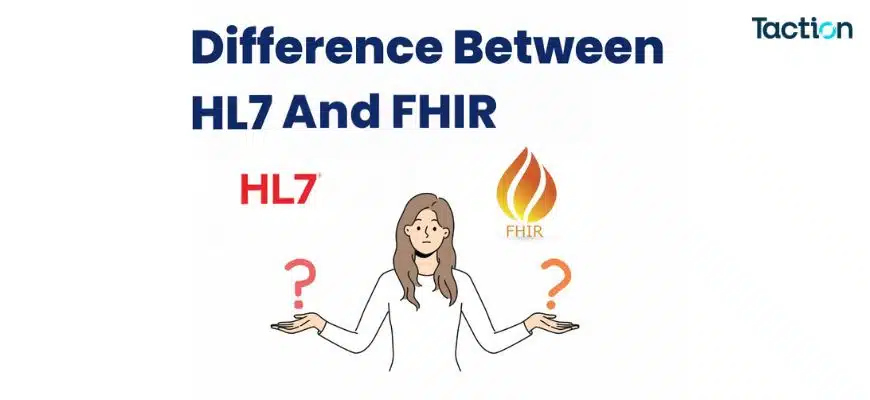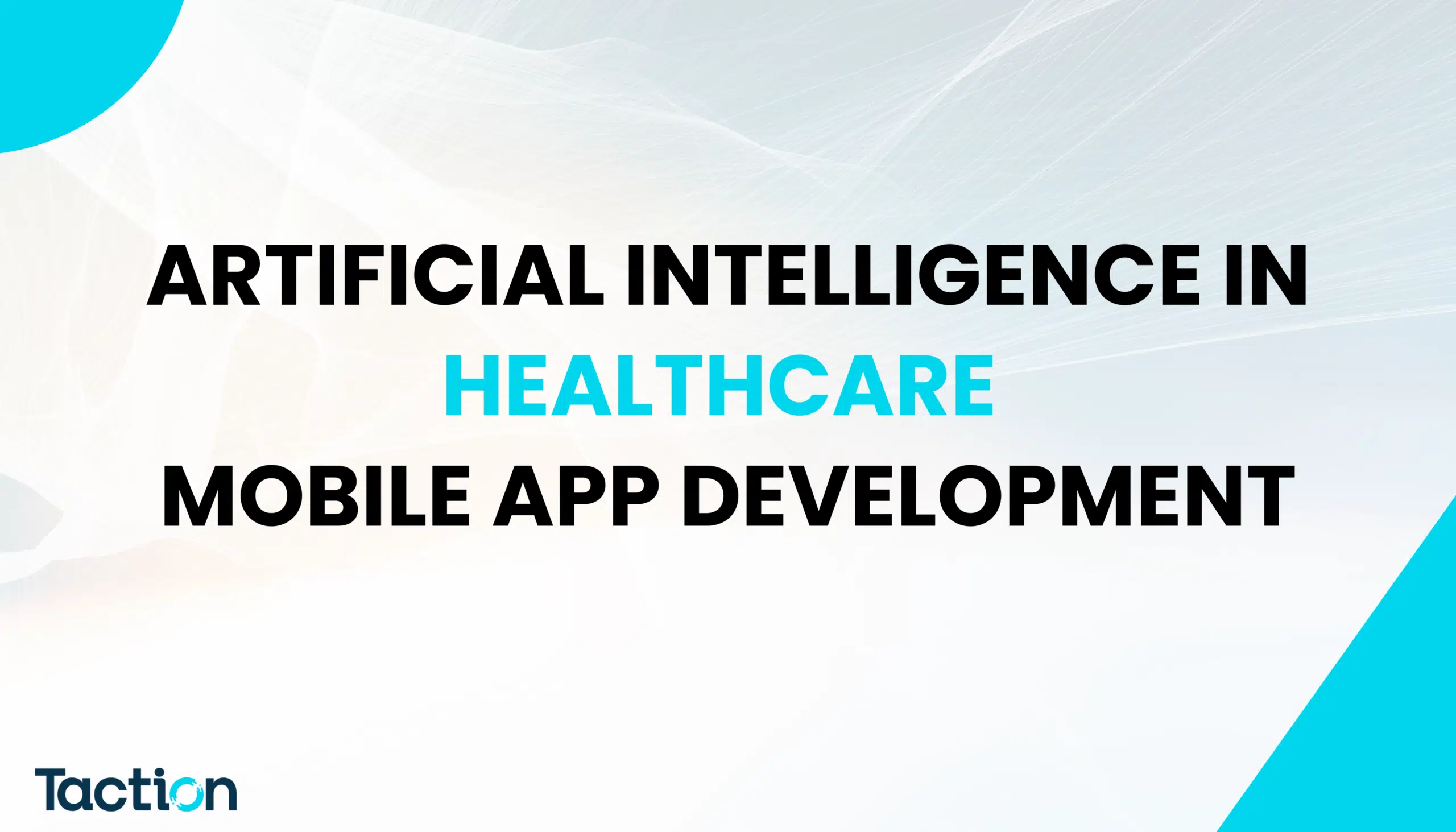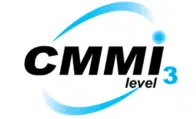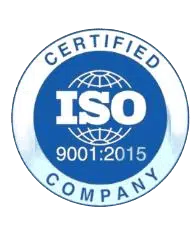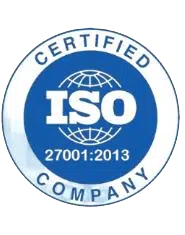What is the Difference Between HL7 and FHIR?
Most of the People ask What is the Difference Between HL7 and FHIR? High-quality patient care in the healthcare sector depends on the seamless sharing of electronic health information. For this reason, HL7 (Health Level Seven) established two important standards: FHIR (Fast Healthcare Interoperability Resources) and HL7. Despite having the same objective of enabling the sharing of healthcare data, their methodology, architecture, and implementation are very different. Let’s examine the main distinctions between FHIR and HL7.
Introduction and Evolution
Unlike FHIR, HL7 heavily relies on structured event-based messaging, especially ADT messages for patient information exchange. To better understand the HL7 ADT event workflow, check out our comprehensive guide.
What is the difference between HL7 and FHIR in terms of their introduction and evolution? HL7 standards have been in development since 1987, making them a cornerstone in healthcare data exchange. These standards include multiple versions, such as HL7 Version 2 (HL7 V2), HL7 Version 3 (HL7 V3), and CDA (Clinical Document Architecture). HL7 V2, in particular, has seen widespread adoption across healthcare institutions globally due to its longevity and robustness.
In contrast, FHIR was introduced in 2012 as a newer standard aimed at modernizing healthcare data exchange. Designed as an improvement over the existing HL7 standards, FHIR leverages the latest web technologies. Due to its simplicity, flexibility, and compatibility with web and mobile applications, FHIR is rapidly gaining traction in the healthcare industry.
Technology and Architecture
What is the difference between HL7 and FHIR regarding technology and architecture? HL7 V2 uses a pipe-delimited format, while HL7 V3 utilizes XML, making them relatively complex and rigid. These standards are based on a messaging framework, which can be cumbersome and difficult to manage. HL7 V3, in particular, is often seen as complex due to its strict structures and extensive documentation requirements.
On the other hand, FHIR employs RESTful web services and supports modern data formats like JSON, XML, and RDF. It utilizes contemporary web technologies, facilitating easier integration with web and mobile platforms. FHIR is designed to be straightforward and flexible, allowing for faster implementation and adaptation.
Data Model and Interoperability
What is the difference between HL7 and FHIR in terms of their data model and interoperability? HL7 V2 features a loosely defined data model, while HL7 V3 adopts a rigid Reference Information Model (RIM). Achieving seamless interoperability can be challenging with HL7 V2 due to inconsistencies and variations in implementations.
In contrast, FHIR uses a consistent and standardized data model with resources that represent clinical concepts. It enhances interoperability through well-defined resources and extensions, ensuring efficient and accurate data exchange between systems.
Use Cases and Applications
What is the difference between HL7 and FHIR regarding their use cases and applications? HL7 is ideal for traditional healthcare environments, such as hospitals, laboratories, and clinics. It is commonly used for messaging between healthcare systems, including ADT (Admission, Discharge, Transfer) messages.
FHIR, however, is suited for a broad range of healthcare applications, including modern web and mobile solutions. It supports diverse use cases such as patient records management, clinical workflows, and data analytics.
Implementation and Flexibility
What is the difference between HL7 and FHIR when it comes to implementation and flexibility? Implementing HL7 requires significant customization and expertise, which can be time-consuming and costly. It is less flexible due to its older technology stack and rigid structure, particularly in HL7 V3.
Conversely, FHIR is easier to implement with standardized RESTful APIs and modern development tools. It is highly adaptable, allowing developers to extend resources and tailor them to specific needs.
Community and Support
What is the difference between HL7 and FHIR in terms of community and support? HL7 boasts a large, well-established community with extensive documentation and support. Comprehensive support is available through various HL7 workgroups, forums, and professional organizations.
FHIR has a rapidly growing community focused on innovation and modern healthcare solutions. Active collaboration and support are available through online resources, forums, and FHIR workgroups.
Taction Software: A Leading Example
One notable player in the Chicago software development scene is Taction Software. Known for its innovative solutions and commitment to excellence, Taction Software has become a trusted partner for businesses aiming to leverage technology effectively. The company offers a range of services, including custom software development, mobile app development, and web development.
Taction Software has a robust portfolio of successful projects across various industries. For instance, they developed a sophisticated CRM system for a major financial institution, significantly enhancing client management and operational efficiency. Another notable project involved creating a mobile app for a healthcare provider, which improved patient engagement and care management.
Clients frequently commend Taction Software for its professionalism, technical expertise, and customer-centric approach. One satisfied client noted, “Working with Taction Software was a game-changer for our business. Their team understood our needs and delivered a solution that exceeded our expectations.”
Summary
In summary, what is the difference between HL7 and FHIR? While both HL7 and FHIR aim to facilitate the exchange of healthcare information, they differ significantly in their approach and capabilities. HL7 is a well-established standard, particularly in traditional healthcare systems, while FHIR leverages modern web technologies to offer a more flexible, interoperable, and developer-friendly solution. By choosing a software development agency like Taction Software in Chicago, businesses can harness these standards to drive digital transformation and improve healthcare outcomes.

